Comments / Questions (77)
![]() Marilyne wrote:
Marilyne wrote:
Bonjour, je tricote ce modèle et j'ai un souci pour les diminutions des emmanchures. Je fais la taille 6/9 mois. J'ai donc 57m pour le dos. Je dois faire 3 fois 2m puis 3 fois une maille, cela fait 9 mailles en moins mais au lieu d'arriver au chiffre de 48m (57m de départ -8) je dois avoir 39m soit 18 mailles en moins. Merci de m'expliquer cette différence et ce qu'il faut faire pour y remédier. Dans l'attente de votre aide. M.
07.12.2013 - 19:12Marilyne answered:
Oups !!! J'ai trouvé moi même la solution !!! En fait j'ai oublié qu'il y avait deux côtés... donc 9m (et non 8 comme noté dans ma question précédente)x 2, cela fait bien 18m pour les diminutions et j'arrive donc à 39m... Merci pour votre site.
07.12.2013 - 20:23MARIA wrote:
Hello Drops! What do you mean by "Work rib back and forth on needle with 1 edge st in garter st and 2 K sts in each side" in the front neck edge? Isn't the rib knitted K2,P2? Do you mean that the first 3 stitches in the rib are 1 garter,K2 and then until the end K2,P2 knitted? Thank you!
03.12.2013 - 15:32DROPS Design answered:
Dear Maria, you are correct, it means to work in rib K2/P2 starting with 1 st in garter st, and K2, then P2, *K2,P2*, repeat from *-* and finish the row with K2 and 1 st in garter st. Happy knitting!
03.12.2013 - 15:56
![]() Christiane wrote:
Christiane wrote:
Hallo liebes DropsTeam, wenn ich die angegebenen Masse rechne um zu kontrollieren, wie hoch der ausschnitt sein muss, habe ich keine cm-Angaben im Diagramm. was übersehe ich? Danke
23.11.2013 - 16:05DROPS Design answered:
Liebe Christiane, das wird durch den Text in der Anleitung klar. Für die kleinste Grösse z.B. wird nach 15 cm für das Armloch abgekettet und nach 20 cm für den vorderen Halsausschnitt - bei einer Gesamthöhe von 25 cm. Also ist der vordere Halsausschnitt 5 cm. Wenn Sie der Anleitung folgen, wird dies automatisch richtig. Wir dürfen das Diagramm jeweils nicht mit nicht unbedingt nötigen cm-Angaben überladen.
25.11.2013 - 07:55
![]() Mette wrote:
Mette wrote:
Jeg skal samle masker op langs kanten - inkl. de masker jeg har på tråd i midten, men hvordan gør jeg lige det? Jeg tænkte at starte ved den ene skulder (retsiden), men hvad så når jeg kommer til midten? Skal jeg så strikke dem ret og fortsætte opsamlingen efter dem op til den anden skulderspids?
21.11.2013 - 17:07DROPS Design answered:
Hej Mette. Ja, det bedste er at starte ved den ene skulder, tag op, strik over m paa traaden, og tag op til den anden skulder. Strik rib som beskrevet.
22.11.2013 - 11:29
![]() Ursula wrote:
Ursula wrote:
Vielen Dank. Jetzt sehe ich Licht am Ende des Tunnels.
09.10.2013 - 21:11
![]() Ursula wrote:
Ursula wrote:
Werden Vorder- und Rückenteil rund zusammengestrickt und ab Armausschnitt getrennt beendet? Bin etwas irritiert von den 192 angeschlagenen Maschen für das Bündchen. Danke.
08.10.2013 - 12:45DROPS Design answered:
Liebe Ursula, ja der Pullunder wird bis zum Armloch in Runden gestrickt. Nach dem Bündchen wird die Maschenzahl zudem etwas reduziert.
09.10.2013 - 08:17
![]() Karen wrote:
Karen wrote:
Vedr. halskant foran: Der står: "Strik rib frem og tilbage på p med 1 kantm retstrik og 2 ret i hver side (set fra retten)". Jeg har netop strikket masker op fra retsiden og skal således i gang med at strikke fra vrangsiden - hvordan begynder jeg? Med ret eller vrang? Gælder det med 1 kantm retstrik og 2 ret i hver side hver pind, eller hver pind fra retten? Er det muligt at få en mere udførlig beskrivelse? Tak.
18.09.2013 - 11:30DROPS Design answered:
Fra vrangen: 1 kantm retstrik, 2 vrang og rib ifølge opskriften. Fra retsiden: 1 kantm retstrik, 2 ret og rib ifølge opskriften. God fornøjelse!
18.09.2013 - 14:01
![]() PAM wrote:
PAM wrote:
Ich habe eine Frage zum Abketten an den Vorder- bzw. Rückenteilen: Hallo, ich habe noch eine Frage: Muss ich bei den Vorder- bzw. Rückenteilen in jeder zweiten Reihe abketten oder kette ich am Anfang der Reihe ab und am Ende stricke ich Maschen zusammen? Danke!
16.09.2013 - 22:50DROPS Design answered:
Liebe Pam, man kettet immer am Anfang der R ab. Wir haben es in der Anleitung nun deutlicher formuliert, vielen Dank für den Hinweis.
17.09.2013 - 08:14
![]() Marie wrote:
Marie wrote:
Når man er nået til for/bagstykket, skal de to så strikkes rundt på rundpinden?
03.08.2013 - 16:13DROPS Design answered:
Hej Marie. Du starter med at strikke baade for/bagstykket rundt paa rundpinden. Naar du har lukket af til aermegabene strikker du for- og bagstykket hver for sig, frem og tilbage. Det kan du sagtens göre paa rundpind, eller skift til en lige pind, hvis du synes det er nemmere.
22.08.2013 - 14:47
![]() Sandra wrote:
Sandra wrote:
Ingen bra beskrivning av ärmavmaskning! Man bör börja 4 m före markören och maska av 8 m och sedan 8 på andra sidan. Det blir jämnare och man slipper en hängande tråd mitt i avmaskningen.
06.07.2013 - 13:01
Viggo#viggovest |
|
|
|
|
Knitted vest / slipover with stripes for baby and children in DROPS BabyAlpaca Silk
DROPS Baby 21-33 |
|
|
RIB: * K 2, P 2 *, repeat from *-*. STRIPES: * 2 rounds/rows pistachio, 2 rounds/rows light sea green *, repeat from *-*. -------------------------------------------------------- -------------------------------------------------------- BODY: Cast on 152-172-192 (212-232) sts on circular needle size 2 mm with light sea green Baby Alpaca Silk. Work in RIB - see explanation above - for 3-3-3 (4-4) cm. Switch to circular needle size 2.5 mm and work in stocking st and STRIPES - see explanation above - while AT THE SAME TIME dec 38-42-46 (50-56) sts evenly on 1st round = 114-130-146 (162-176) sts. Insert a marker at beg of round and a marker after 57-65-73 (81-88) sts = mid of each side. REMEMBER THE KNITTING TENSION! When piece measures 15-16-17 (18-19) cm, cast off 8-8-8 (10-12) sts in each side for armholes (i.e. 4-4-4 (5-6) sts on each side of both markers). Then finish front and back piece separately. BACK PIECE: = 49-57-65 (71-76) sts. Continue to cast off for armholes in each side as follows: 2 sts 3 times and 1 st 2-3-3 (5-4) times = 33-39-47 (49-56) sts. When piece measures 23-25-27 (29-31) cm, cast off the middle 19-21-25 (27-30) sts for neck and finish each shoulder separately. Continue to cast off 2 sts on next row from neck = 5-7-9 (9-11) sts remain on shoulder. Cast off when piece measures 24-26-28 (29½-31½) cm. FRONT PIECE: = 49-57-65 (71-76) sts. Continue to cast off for armholes in each side as on back piece. AT THE SAME TIME when piece measures 20-22-23 (25-26) cm, slip the middle 9-11-15 (17-20) sts on a stitch holder for neck and finish each shoulder separately. Continue to cast off for neck at beg of every row from neck: 2 sts 2 times and 1 st 3 times. After all cast offs and dec are done, 5-7-9 (9-11) sts remain on shoulder. Cast off when piece measures 24-26-28 (29½-31½) cm. FRONT NECK EDGE: Knit up from RS approx. 48-60-68 (72-80) sts incl sts on stitch holder at the front (divisible by 4) along the neck line at the front on circular needle size 2 mm with light sea green. Work rib back and forth on needle with 1 edge st in garter st and 2 K sts in each side (seen from RS). When neck edge measures 2-2-2 (3-3) cm, loosely cast off with K over K and P over P. BACK NECK EDGE: Knit up from RS approx. 36-40-44 (48-52) sts (divisible by 4) along the neck line at the back and work rib as on front piece. SLEEVE EDGE: Knit up from RS approx. 76-84-88 (96-104) sts (divisible by 4) along one armhole on circular needle size 2 mm with light sea green. Work rib back and forth as on neck edge. Repeat along the other armhole. FRONT SHOULDER EDGE: Knit up from RS along the front of one shoulder (also over sleeve and neck edge) approx. 20-24-28 (32-36) sts (divisible by 4) on circular needle size 2 mm with light sea green. Work rib back and forth with 1 edge st in garter st and 2 K sts in each side (seen from RS). When edge measures approx. 1-1.5 cm, cast off for 2 button holes. 1 button hole = cast off 2 sts and cast on 2 new sts on next row over these sts. Each button hole should be at least 3 sts from the edge in each side. When edge measures 2-2-2 (3-3) cm, cast off with K over K and P over P. Repeat at the front on the other shoulder. BACK SHOULDER EDGE: Knit up along the back of one shoulder as on front piece and work rib as on front piece but do not cast off for button holes. Repeat at the back on the other shoulder. Sew on buttons. |
|
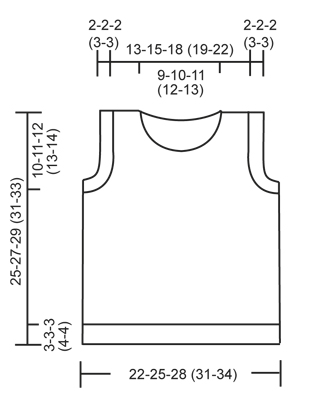 |
|
Have you finished this pattern?Tag your pictures with #dropspattern #viggovest or submit them to the #dropsfan gallery. Do you need help with this pattern?You'll find 10 tutorial videos, a Comments/Questions area and more by visiting the pattern on garnstudio.com. © 1982-2025 DROPS Design A/S. We reserve all rights. This document, including all its sub-sections, has copyrights. Read more about what you can do with our patterns at the bottom of each pattern on our site. |








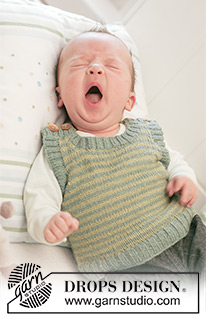
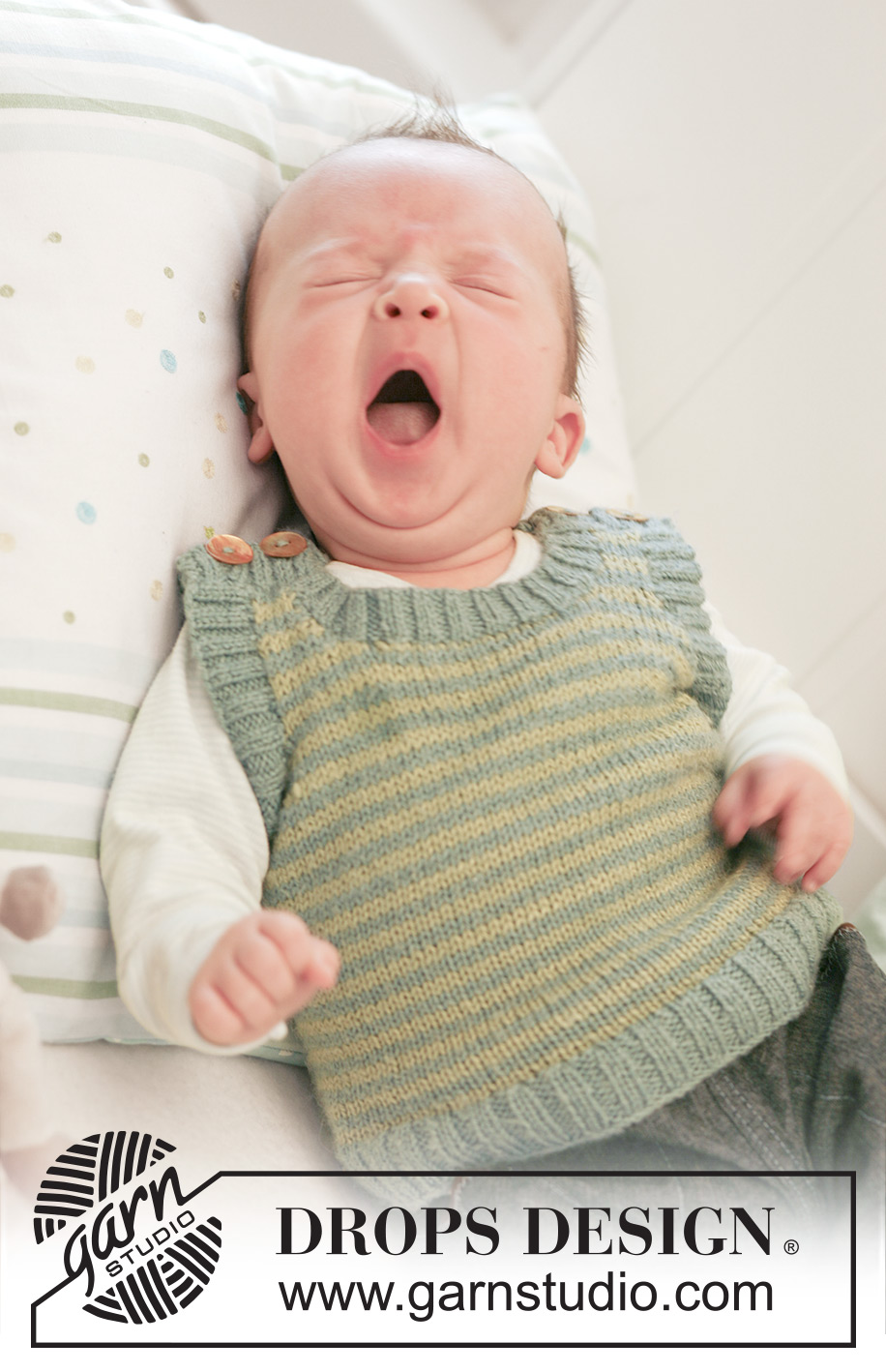
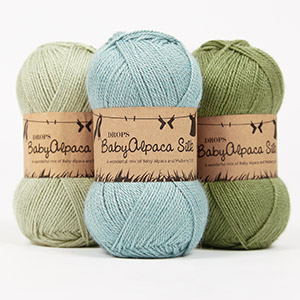
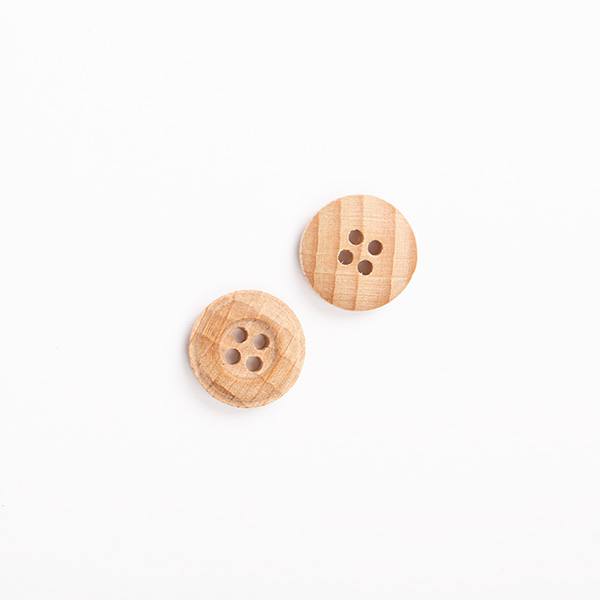




























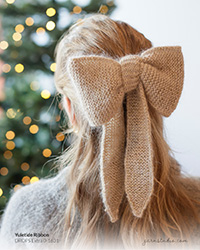
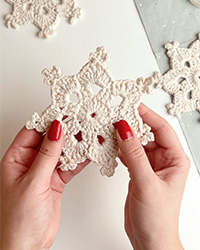
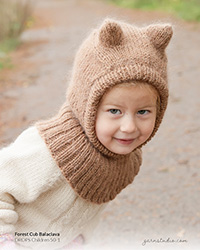
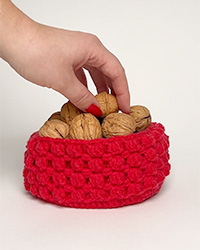
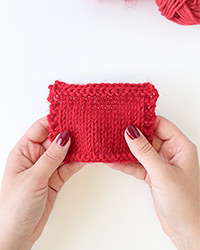

Post a comment to pattern DROPS Baby 21-33
We would love to hear what you have to say about this pattern!
If you want to leave a question, please make sure you select the correct category in the form below, to speed up the answering process. Required fields are marked *.